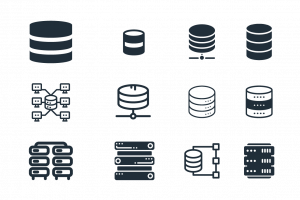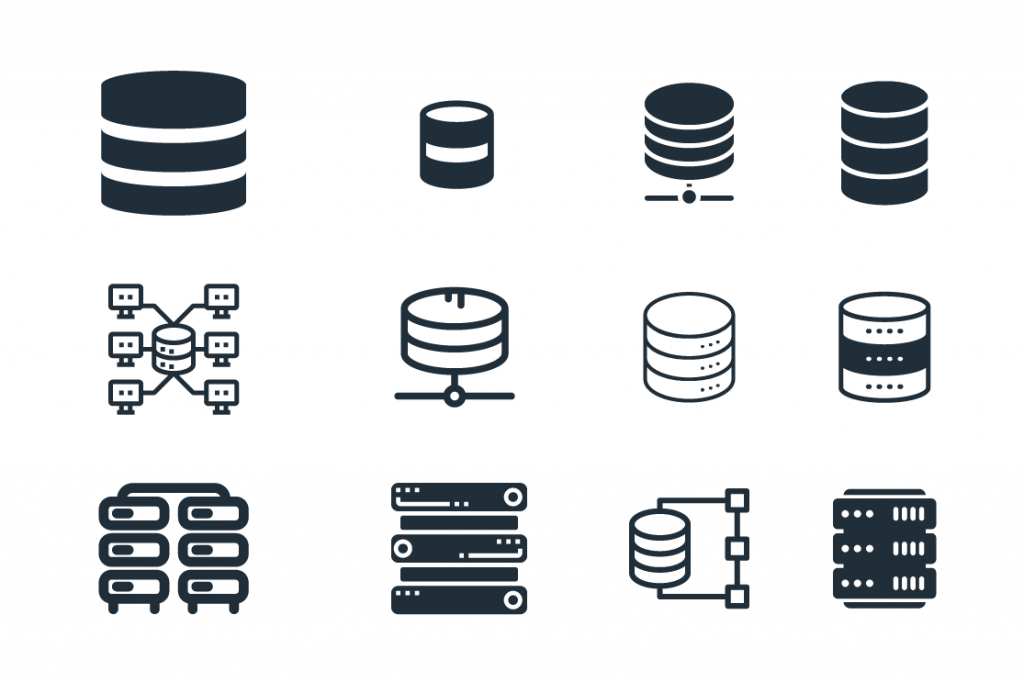
Cash flow management: Optimising it with FP&A — A smarter approach for finance teams
Effective cash flow management is more than just a numbers game — it is a strategic imperative. As companies navigate through economic uncertainties and a
acf domain was triggered too early. This is usually an indicator for some code in the plugin or theme running too early. Translations should be loaded at the init action or later. Please see Debugging in WordPress for more information. (This message was added in version 6.7.0.) in /www/apliqo_676/public/wp-includes/functions.php on line 6131interactive-geo-maps domain was triggered too early. This is usually an indicator for some code in the plugin or theme running too early. Translations should be loaded at the init action or later. Please see Debugging in WordPress for more information. (This message was added in version 6.7.0.) in /www/apliqo_676/public/wp-includes/functions.php on line 6131members domain was triggered too early. This is usually an indicator for some code in the plugin or theme running too early. Translations should be loaded at the init action or later. Please see Debugging in WordPress for more information. (This message was added in version 6.7.0.) in /www/apliqo_676/public/wp-includes/functions.php on line 6131wp-cerber domain was triggered too early. This is usually an indicator for some code in the plugin or theme running too early. Translations should be loaded at the init action or later. Please see Debugging in WordPress for more information. (This message was added in version 6.7.0.) in /www/apliqo_676/public/wp-includes/functions.php on line 6131
Too many modern organizations find themselves with a complicated database structure that relies on a vast number of different tools and setups. Typically this happens over time as different players seek the right tools for their specific needs, without thinking deeply about how it fits into the overall ecosystem. As such, you get an array of different technologies that don’t fit well together and require precious technical resources to manage data transfers, data quality, and conversion errors that can be rather tedious.
But more than the challenges that arise, there is also significant opportunity cost when you’re working with multiple databases at once.
Too many modern organizations find themselves with a complicated database structure that relies on a vast number of different tools and setups. Typically this happens over time as different players seek the right tools for their specific needs, without thinking deeply about how it fits into the overall ecosystem. As such, you get an array of different technologies that don’t fit well together and require precious technical resources to manage data transfers, data quality, and conversion errors that can be rather tedious.
But more than the challenges that arise, there is also significant opportunity cost when you’re working with multiple databases at once.

When your data is split across different systems, you miss out on so much serendipitous discovery because you never have a holistic view of all the data at your disposal. It’s nearly impossible to spot correlations and important relationships between data that lives across different structures. And even if you do, it’s difficult and time-consuming to do so.
Having all your data in one warehouse allows for you to perform advanced analytics on everything that you have access to, enabling an entirely new range of opportunities for data-driven insights.
Just by having everything in close proximity, you create discoverability and cohesion that can transform how your business responds to data.
We all hear of the magic that is coming from the world of machine learning and data science, but all that starts with a well-structured data warehouse that is working at full power. This has to be a priority if you want to compete in the data Olympics that we find ourselves in.
When your data is split across different systems, you miss out on so much serendipitous discovery because you never have a holistic view of all the data at your disposal. It’s nearly impossible to spot correlations and important relationships between data that lives across different structures. And even if you do, it’s difficult and time-consuming to do so.
Having all your data in one warehouse allows for you to perform advanced analytics on everything that you have access to, enabling an entirely new range of opportunities for data-driven insights.
Just by having everything in close proximity, you create discoverability and cohesion that can transform how your business responds to data.
We all hear of the magic that is coming from the world of machine learning and data science, but all that starts with a well-structured data warehouse that is working at full power. This has to be a priority if you want to compete in the data Olympics that we find ourselves in.
IBM Planning Analytics with Watson (TM1) and Apliqo were built with this objective in mind – to combine all your financial planning and analytics into one place so that you can make the right decisions with all the information at your fingertips. The system helps to pull together diverse sets of information into reports, dashboards, and outputs that make sense of all the chaos. By combining all this information into one easy-to-use interface, Apliqo can become the financial hub for your organization – acting as the source of truth that everyone can refer to.
Add onto this the advanced analytics that comes along with it, and you have a powerful database that routinely uncovers new ways to improve performance and optimize operations. It’s one of those things that you’ll only really appreciate when you see it with your own eyes.
IBM Planning Analytics with Watson (TM1) and Apliqo were built with this objective in mind – to combine all your financial planning and analytics into one place so that you can make the right decisions with all the information at your fingertips. The system helps to pull together diverse sets of information into reports, dashboards, and outputs that make sense of all the chaos. By combining all this information into one easy-to-use interface, Apliqo can become the financial hub for your organization – acting as the source of truth that everyone can refer to.
Add onto this the advanced analytics that comes along with it, and you have a powerful database that routinely uncovers new ways to improve performance and optimize operations. It’s one of those things that you’ll only really appreciate when you see it with your own eyes.
Book a call today and let us help you simplify your infrastructure and leverage the unified power that Apliqo gives you.












We’re proud to have helped these companies plan better.
Book a call today and let us help you simplify your infrastructure and leverage the unified power that Apliqo gives you.












We’re proud to have helped these companies plan better.

Effective cash flow management is more than just a numbers game — it is a strategic imperative. As companies navigate through economic uncertainties and a

There’s a persistent myth that abounds that financial consolidation is merely a checkbox for compliance and a routine set of tasks that happens under dire

In any organisation, the FP&A team is going to be responsible for handling vast amounts of sensitive financial data. From revenue forecasts to strategic planning





Your financial planning and analytics workflows involve various tools and software that each have their own steep learning curves.
@Apliqo 2022 All rights reserved